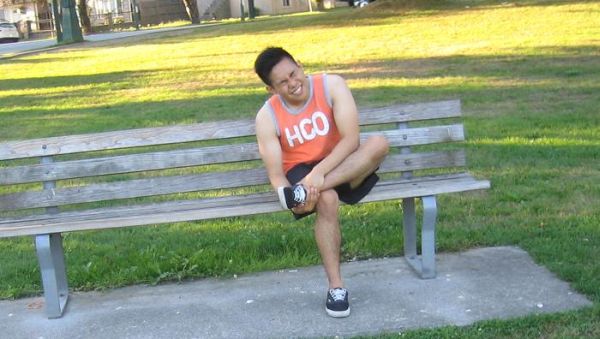The heel pain is a usual issue but it should not be ignored. In most cases of heel pain, they resolve on their own as long as adequate rest is allowed. When it comes to posterior heel pain or pain in the rear part of the heel, it is usually due to overuse, overtraining or using incorrect footwear.
Most cases of posterior heel pain typically involve with application of ice, stretching and modification of activities.
Causes of posterior heel pain
Bursitis
There are 2 bursas that are positioned close to the rear part of the heel in which the Achilles tendon connects to the bone. Bursitis involves inflammation of the bursae which triggers sharp posterior heel pain.
Bursitis in the heel region can be triggered by various activities such as running or wearing shoes that cut into this area. The continuous rubbing of a shoe can trigger inflammation in the area up to a point of the development of a sore bump on the heel. This is often managed by cutting a notch in the rear of the shoe to accommodate the lump.

Achilles tendinitis
The Achilles tendon is a dense tissue that connects the calf muscles to the heel. This functions along with the muscles to raise the heel while walking and running. Once the Achilles tendon is overworked or overly stretched, it triggers irritation of the tendon.
Achilles tendinitis is a common cause of posterior pain. The start of pain is usually gradual and becomes worse at the start of a workout routine and even coincides with the addition of new routines. Always bear in mind that the pain is usually positioned inside the thick cord of tissue that is slightly above the heel.
What is referred pain?
The posterior heel pain can be triggered by irritation of the spinal nerves as they leave the spine at the 5th lumbar to 1st sacral vertebra which is called as referred pain. An individual who experiences referred pain from the back may or may not feel back pain.
Weakening of the calf muscles is often linked with heel pain and the symptoms can change significantly depending on the body posture. Take note that sitting can also increase the heel pain while walking reduces it. The referred pain is ideally managed with anti-inflammatory medications and physical therapy.

